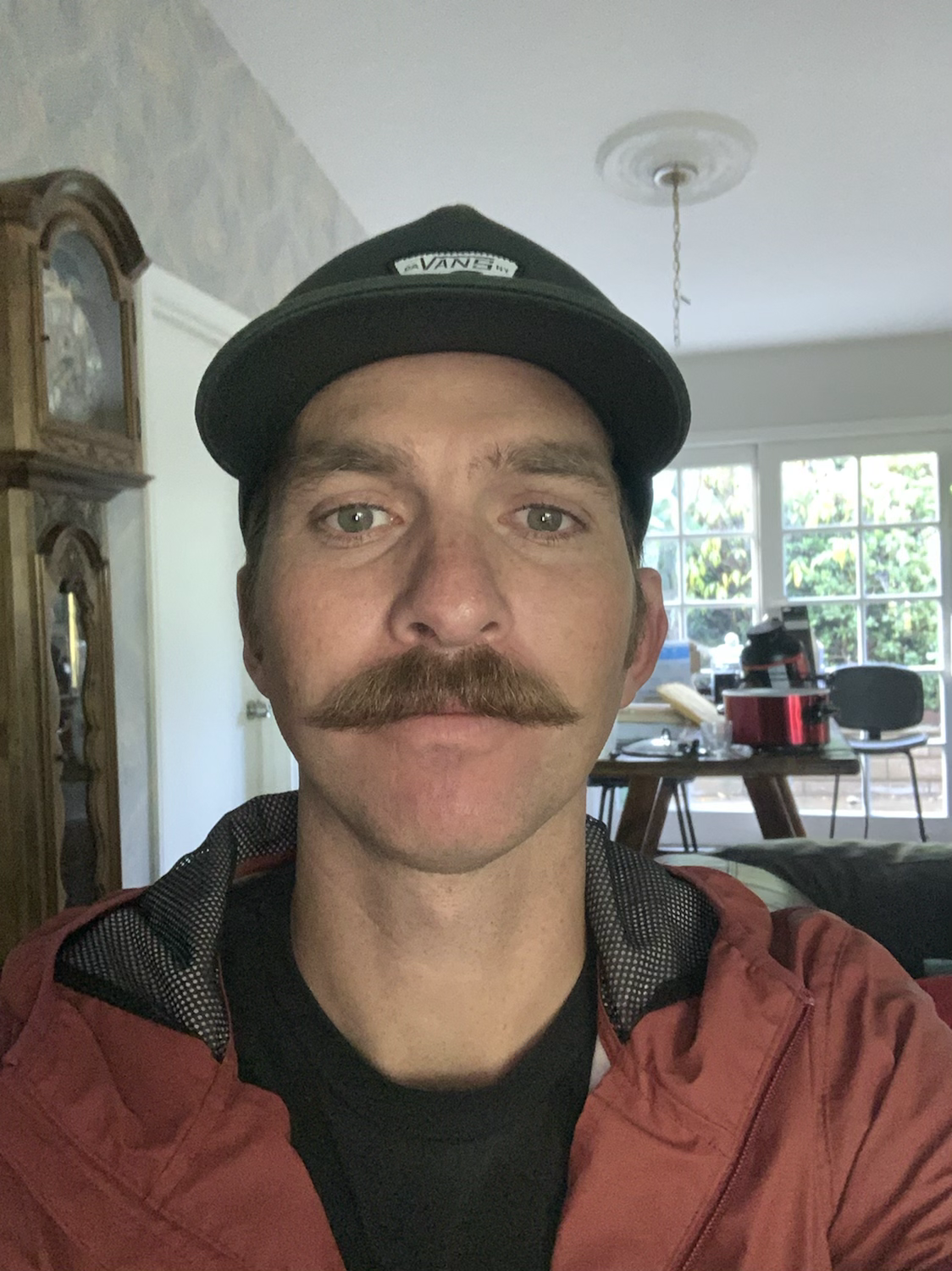How to Find a New Hunting Spot When You Don’t Know Where to Go?
- Joel Ebstein

- Dec 18, 2024
- 3 min read
For new hunters, finding a great hunting spot can seem like a daunting task. The excitement of getting into the field is often tempered by the question: Where should I start? The good news is that with a little research, some networking, and the right mindset, you can discover productive hunting areas even as a beginner. In this guide, we’ll walk through practical tips to help you find a new hunting spot while keeping SEO-friendly strategies in mind.
Start with Public Land Maps
One of the easiest ways to begin your search is by exploring public hunting lands. Many states offer access to wildlife management areas (WMAs), national forests, and other public lands where hunting is allowed.
Use tools like:
- State Fish and Wildlife Websites: These often provide detailed maps and information about public hunting areas.
- Hunting Apps: Apps like onX Hunt or HuntStand show property boundaries, topography, and even game activity data.
- USDA Forest Service Maps: These can help you identify accessible national forest land.
When studying these maps, look for areas with diverse habitat features, such as water sources, food plots, and bedding cover. These elements are likely to attract and sustain game populations.
Leverage the Knowledge of Experienced Hunters
One of the best resources for finding hunting spots is experienced hunters in your community. However, it’s important to approach these conversations respectfully and strategically.
Instead of asking for their exact hunting spots (a faux pas in the hunting world), frame your questions like this:
- “What types of areas have you found to be productive for [deer, turkey, waterfowl] in this region?”
- “Are there any general zones or habitat types you’d recommend I check out?”
Hunters are often protective of their favorite locations, but they’re usually willing to share insight into broader areas or techniques. Even a nudge toward the right wildlife management area or forest section can save you hours of trial and error.
Scout the Area in Advance
Once you’ve identified a potential area, scouting is key. Scouting allows you to familiarize yourself with the terrain, identify game activity, and plan your hunt effectively. Here are a few steps to take:
- Use Trail Cameras: Set up cameras in promising areas to monitor game movement.
- Look for Game Signs: Tracks, droppings, rubs, and scrapes can indicate active areas.
- Explore Edges: Transitions between different habitat types, like a forest meeting a field, are often hotspots for game.
Digital scouting tools like Google Earth can also help you visualize the landscape before heading out.
Network with Local Hunting Communities
Joining a local hunting club, attending workshops, or participating in forums can provide valuable networking opportunities. Many experienced hunters are eager to share advice, especially with those willing to learn and put in the effort. Online forums, Facebook groups, and local meetups are great places to start connecting.
Learn the Behavior of Your Target Game
Understanding the habits and preferences of the species you’re hunting is crucial. For example:
- Deer: Often found near water sources, feeding areas, and thick cover for bedding.
- Turkey: Look for roosting trees and areas with plenty of food, like open fields.
- Waterfowl: Seek out wetlands, rivers, and lakes with nearby feeding areas.
Researching the species you’re after will help you narrow down your focus and identify the best locations within a general area.
Be Persistent and Adaptable
Hunting success rarely happens overnight, especially when you’re exploring new territory. Be patient and willing to adapt. If one spot doesn’t work out, try another. Over time, you’ll develop a better understanding of what works in different conditions and areas.
Final Thoughts
Finding a new hunting spot when you don’t know where to start is a challenge, but it’s also part of the adventure. By combining research, networking, and hands-on scouting, you can uncover excellent hunting areas and develop skills that will serve you for years to come.
Remember: hunting isn’t just about the harvest; it’s about the journey, the connection to nature, and the camaraderie of the hunting community. So, reach out, ask for advice (in the right way), and start exploring. Your next favorite hunting spot is waiting!

Comments